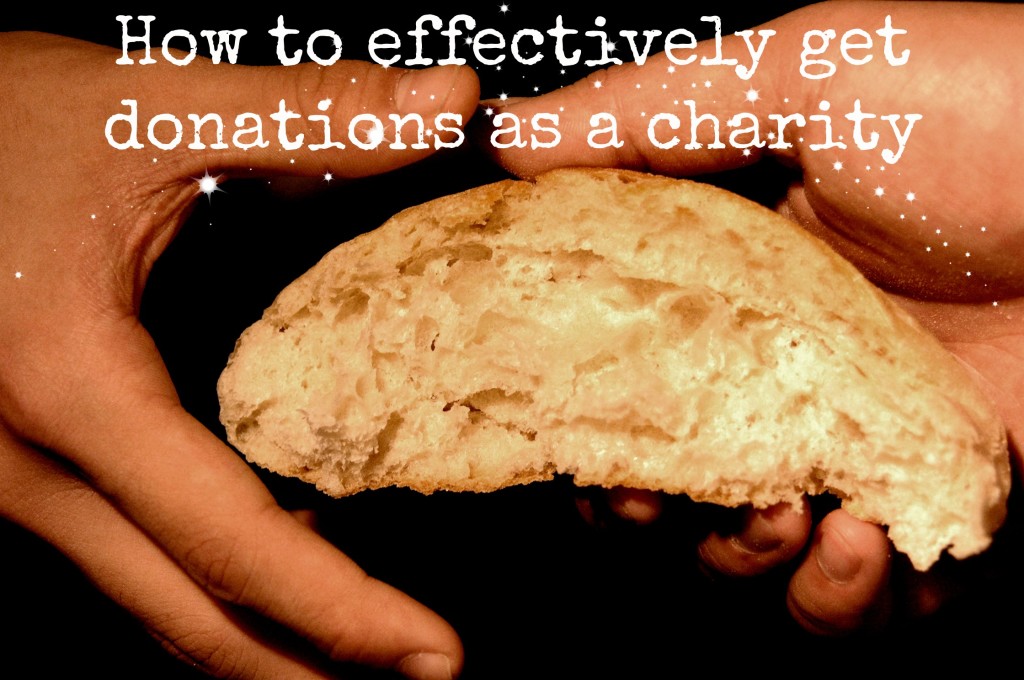There are many charity organizations around the world. Fighting for human, animal, and environmental rights, fighting against disease, fighting for better education… the list goes on. Charity Navigator lists 5,400 charities and those are just ones found in America. Although many of them are for good causes, they have to compete with one another for our money. How do they do it? How does one charity organization make itself more appealing than another?
There are many strategies that they can use. World Vision is one charity which I personally find to be incredibly persuasive. When I get a letter in the mail from World Vision, like the one I received last week, I know that I’ll be signing a check later that day—never mind that I just spent over $2,000 within the space of a couple days on a new laptop and covering both my roommate’s and my rent for the month. The rhetorical devices that World Visions uses are excellent for convincing me that my donation will be worthwhile and that I can more than afford to help out.
Take, for example, the most recent letter that I received from the organization. Enclosed with the letter and the tear-off reply form was a large photograph of a mother and her son standing in a farmyard field. They both have expressions of utter joy on their faces, clearly because they have been provided food by World Vision. Also enclosed was a small packet of seeds.
The tear-off reply form is incredibly simple to fill out. Write in your credit card number, sign it, and check off the box beside the amount of money that you wish to send and you’re done. All that’s left to do is pop it into the envelope that World Vision provides along with the packet of seeds, slap a stamp on there and mail it off. A few seconds of your time can help feed three families, according to the coordinators at World Vision.
Quoting the people that need help (“For three days now, we have not eaten”), giving their names and ages and geographical locations, all contribute to making us—the readers of the letter—realize that these are people that could easily be our friends and family. And they are dying of hunger. And we can make a difference by handing over a couple of twenty dollar bills.
The letters are not very long; usually only about a page. The paragraphs are short and there are phrases in bold lettering throughout to draw your attention quickly even if you’re just scanning the contents. Words and phrases such as “generous,” “life-sustaining,” “racing to help,” and “desperate” repeated throughout the letter inspire an impassioned desire to help those in need.
The organization’s effort to join with the Word Food Programme is another convincing attribute. For people who are familiar with the World Food Programme, they might be even more inclined to give a donation when they find out that these two charities are working together to help starving families.
World Vision tactfully discusses climate change in their letter, appealing to people who are interested in environmental issues. The packet of seeds that the organization includes is a way to bring you closer to the starving families, as well: you can more easily identify with their struggles and be inclined to help when you can give them something besides “just” money. It seems warmer and, in a way, more useful, especially when you find out what kind of seeds these ones specifically are (such as carrot seeds).
World Vision states exactly where your money will go to and notes that they need to “raise $500,000 immediately to help over 42,000 hungry children and families in Africa and other regions around the world.” By putting a number to it we are aware of just how dire the situation is.
The technique of having a deadline is crucial to this letter. It would be simple to read the letter, think to yourself that you’ll write a cheque later, and then toss it aside and forget about it. However, World Vision only gives you a time frame of less than a month to donate to the specific cause they address in the letter. The pressure of a time frame brings home how urgently these people need help, making it more likely that you will respond promptly and generously.
Closing the letter with a statement of expenditures within the association is beneficial to an organization like World Vision which gives over 80% of the profits directly to the programs. You can see it all laid out for you that a large part of your donation will in fact go directly to helping the people. This, combined with the promise that your donation will triple in value, is really demonstrative that it requires very little effort on our part to make a very big difference.
